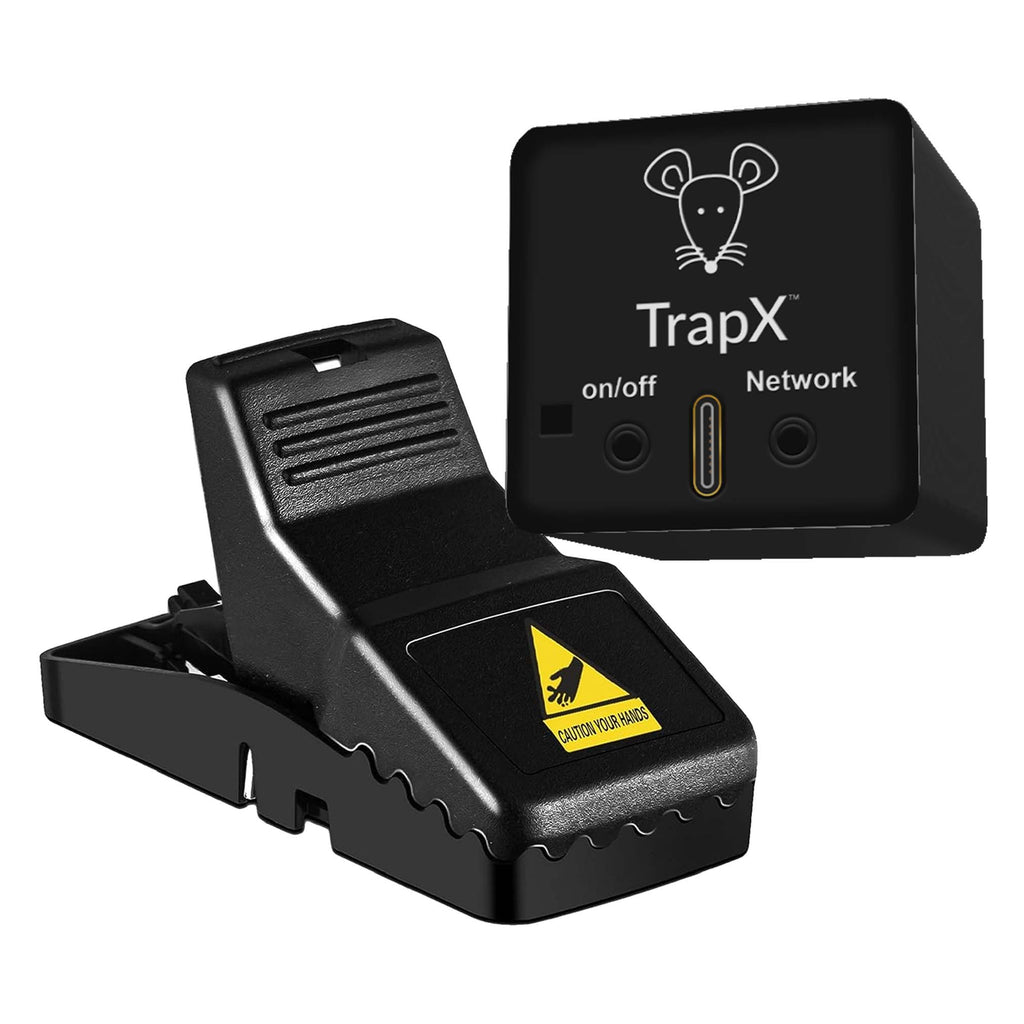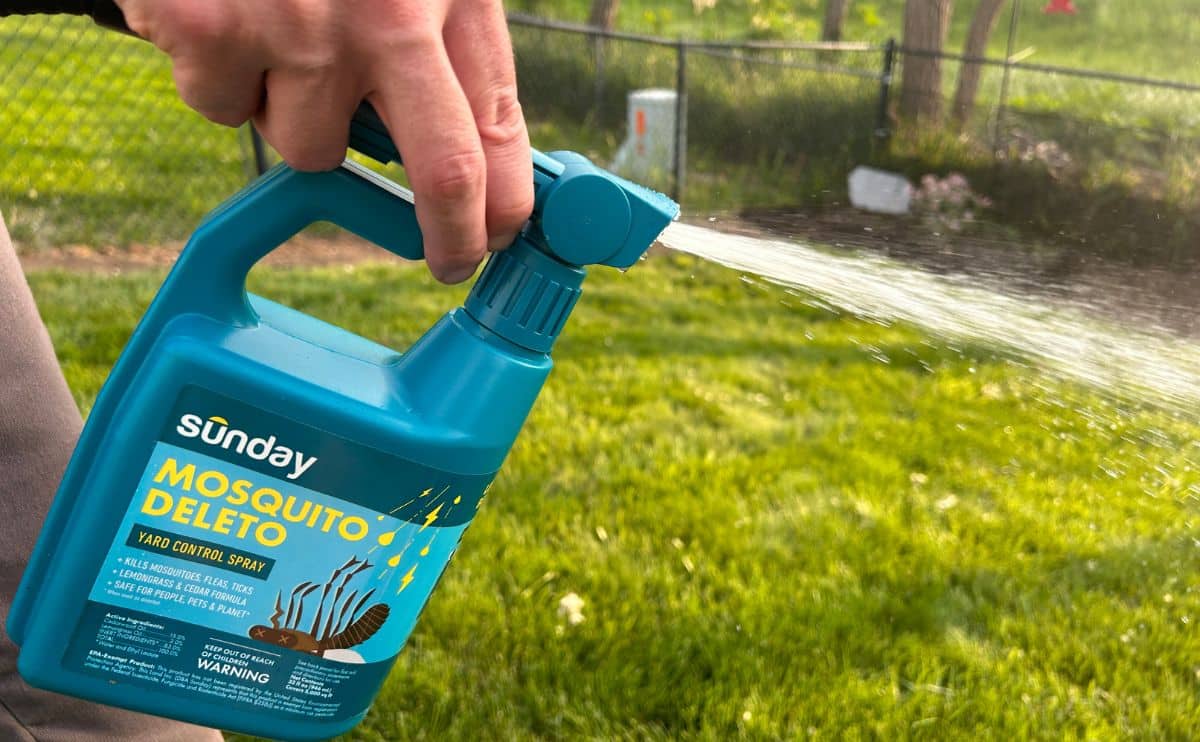How to Spray Pest Control in Home: Essential Tips and Tricks?
Share
Are unwanted insects invading your personal space and disrupting your daily life? When it comes to dealing with pests, knowing how to spray pest control in home effectively is essential. Not only can efficient pest control protect your home, but it also ensures your family's health and peace of mind. In this comprehensive guide, we will cover everything from choosing the right products to applying them safely and effectively.
Most homeowners find themselves confronting pests at some point. When left unchecked, these nuisances can lead to severe infestations, costing time, money, and peace. Therefore, mastering the art of pest control spraying in your home is vital. Let's dive right in!

Understanding Pest Control Options
Before mastering how to spray pest control in home, it is crucial to understand the options available. Various pest control formulations include sprays, granules, traps, and more.
Pest control sprays are generally designed to target specific insects, like ants, roaches, spiders, and other common household pests. When choosing a spray, consider factors such as:
- Toxicity: Look for less toxic or eco-friendly options.
- Target pests: Ensure the spray targets your specific pest issue.
- Application area: Some sprays can be used indoors, while others are meant for outdoor use.
- Duration of effectiveness: Some products provide long-lasting protection, while others require frequent reapplications.

Preparing for Pest Control Spray Application
Before starting the spraying process, there are certain steps you should take to prepare your home effectively:
1. Clear the Area
To ensure that the spray reaches the desired spots, clear away furniture, toys, and any items that may obstruct your spraying efforts. This is especially important in areas with known infestations.
2. Wear Protective Gear
Your safety is paramount. Always wear appropriate protective gear such as gloves, goggles, and a mask to avoid inhaling harmful chemicals. Additionally, consider wearing long sleeves and pants to protect your skin.
3. Ensure Proper Ventilation
Before initiating the application, ensure your home is well-ventilated. Opening windows and doors will help dissipate any potentially harmful fumes.

Executing the Spray Application
Once you have prepared sufficiently, follow these instructions carefully to apply the spray:
1. Shake the Spray Canister
Before using any spray, it is essential to shake the canister to mix the solution thoroughly. This ensures an even application of the product.
2. Spray from a Safe Distance
Stand at the recommended distance stated on the product label, usually between 12 to 18 inches. Spraying from this distance helps disperse the product evenly.
3. Spray Target Areas
Focus on areas where pests are likely to hide, such as:
- Under sinks
- Behind appliances
- Corners and crevices
- Damp areas like basements
For ants, roaches, and other crawling pests, spray along their known pathways and nests.
4. Avoid Over-Saturation
Less is often more when it comes to pest control sprays. Over-saturating a surface can lead to chemical residue, which is not only wasteful but can also be harmful to pets and children.

Aftercare Following Pest Control Spraying
Once you have completed the application, here are some crucial steps for aftercare:
1. Avoid Touching Treated Surfaces
Stay away from sprayed areas until the solution has dried completely. The drying time can vary, so refer to the product label for specific instructions. For more details, check out this guide on drying times for sprays.
2. Clean Up
If you have residual spray on surfaces, clean them according to the product's manufacturer's instructions. Consider rinsing the area if necessary.
3. Monitor for Pests
Keep an eye on treated areas for any signs of pest activity. If you notice returning pests, a second application may be necessary.
When to Call a Professional
While DIY pest control can be effective, some situations may warrant a professional touch:
- Severe infestations that go beyond a simple spray.
- Persistent problems despite repeated treatments.
- Specific pest issues that require specialized knowledge and techniques.
Don't hesitate to contact pest control experts if needed. You can find more information about hiring professionals at this link: cost to hire pest control.
Frequently Asked Questions
1. How often should I spray pest control in my home?
Spraying often depends on the type of pest, severity of infestation, and the product used. Generally, it is good practice to reapply every few weeks during active seasons.
2. Are pest control sprays safe for children and pets?
Most modern pest control sprays are formulated with safety in mind. Always check the product label for specific safety instructions and consider using them when children and pets are not present.
3. What should I do if I experience respiratory issues after spraying?
If you notice breathing difficulties or other respiratory problems after applying pest control spray, seek fresh air immediately and consult a medical professional.
Conclusion
Learning how to spray pest control in home is essential for maintaining a pest-free environment. By following the preparation, application, and aftercare steps outlined in this guide, youll be well on your way to successful home pest management. If you have more questions or require specialized equipment, you can explore spray options at pest control sprayers.
As an Amazon Associate, I earn from qualifying purchases.
